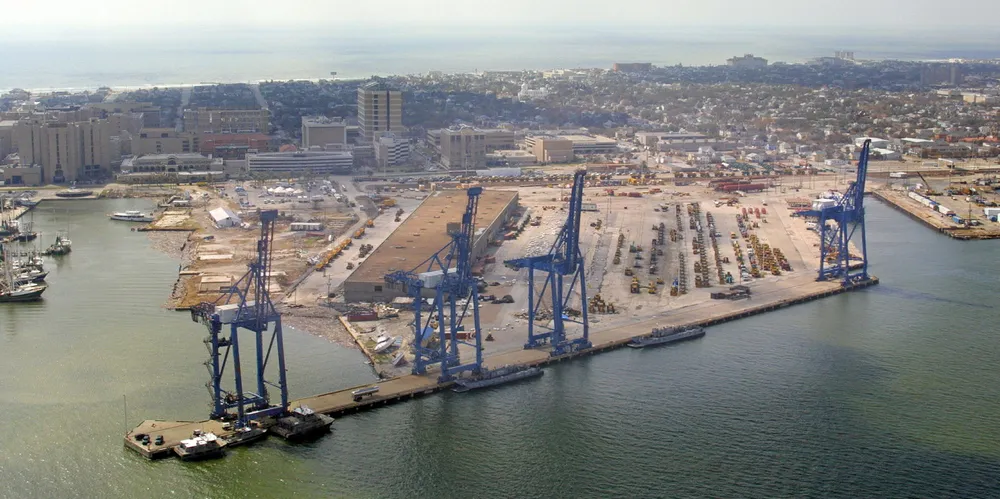Green hydrogen could fuel Gulf of Mexico wind build as 'logical next step' in US offshore: Aegir
Offshore oil province's lower wind speeds and uncertain coastal state governors could be overstepped by need for broad industrial decarbonisation, says Danish analyst group

Growing interest in development of the Gulf of Mexico's (GoM) offshore wind resource could be fuelled increasingly by US climate law incentives for production of green hydrogen, according to a new report from Copenhagen-headquartered analyst group Aegir Insights.
The GoM region, particularly Texas and Louisiana, is already a national hub for production of grey hydrogen – derived from fossil gas without carbon capture – consuming 90% of America’s current supply in its massive industrial chemical, fertiliser, and oil refinery sectors.
But the region faces challenges including lower wind speeds of around 7.4 metres per second (m/s), weaker than either the Atlantic or Pacific coasts, as well as frequent hurricanes that will require more robust industrial infrastructure, adding to development and operation costs.
Aegir forecasts a levelised cost of energy (LCOE) for the Lake Charles WEA at $69/MWh, while the larger Galveston WEA will range from $60-$71/MWh, depending on water depth.
Political ambivalence is another hurdle facing offshore wind deployment in the US Gulf, particularly in Texas where the industry has made little impression despite the larger Galveston WEA off its coast, and is not expected to be cost competitive with onshore wind or solar or fossil gas this decade.
Federal incentives targeting both offshore wind and green hydrogen development could change this picture.
“Renewable hydrogen is expected to be a significant route-to-market for offshore wind in both Texas and Louisiana, through PPAs [power purchase agreements] with hydrogen producers,” Norgaard noted, adding that “utilities may buy green hydrogen to blend into natural gas used in co-fired power plants.”
The Infrastructure Investment and Jobs Act (IIJA) of 2021 further provides funding for the creation of green and “blue” hydrogen – generated from fossil gas but with carbon capture and storage utilisation – hubs.
Aegir noted the global drive into green hydrogen may also present opportunities for export to markets in Asia and Europe, with the European Union expressing ambitions to importing 10 million tonnes by 2030.
The Gulf's massive offshore oil & gas sector, which accounts for 98% of US offshore production, has a substantial footprint of fabricators, shipbuilders and ports that is already being redeployed for the offshore wind sector.
The combination of factors should drive a more diverse range of bidders into the coming auction, Norgaard suggested: “Gulf offshore wind is an opportunity that would attract a range of players with larger decarbonisation strategies, beyond the usual developers.”
(Copyright)